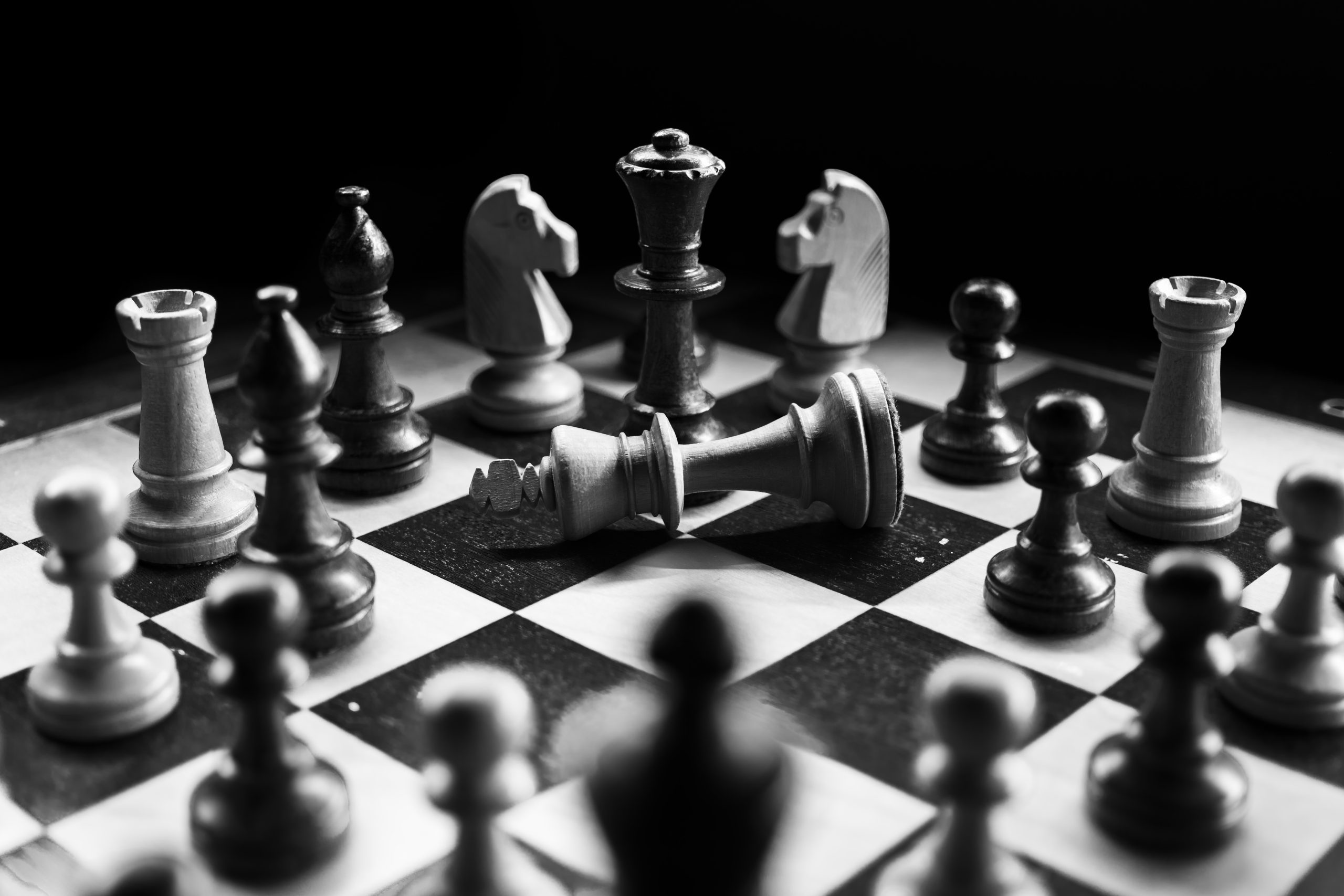Individual Chess Lesson with Woman Grandmaster
David Weinstein- so looking forward! I’ll drive the bus if necessary- I’ll definitely be on it
Intermediate
94%
(349)
Meet Amphy
The largest marketplace for live
classes, connecting and enriching
humanity through knowledge.



